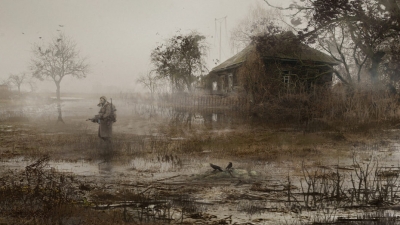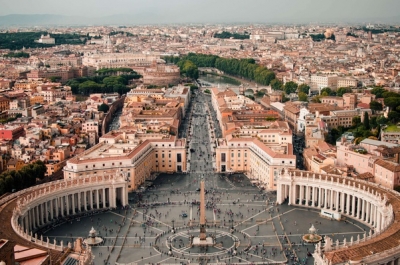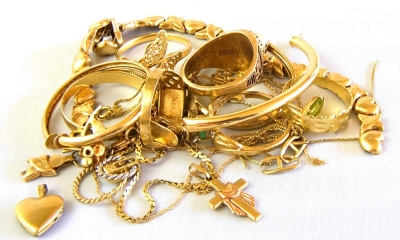Are there any areas of France still affected by the poison gas of World War I?

About five years ago, near to where I now live, a woman was driving along the road and saw greenish-yellow smoke rising from the field at the side of the road. This turned out to be a number of gas shells which had corroded to the point of leaking. It’s a common occurrence here to turn up armaments as this was the Verdun Battlefield. An estimated sixty million shells were fired into the battle area over the nine months of fighting and the general opinion is that between 10% and 25% were duds/unexploded. That’s anything up to 15 million shells still in the ground after the battle. It’s common here to go to a brocante (car boot sale) and there will be stalls with various bits of ordnance for sale. One individual, having bought one of these, tried to open it with an angle grinder. Luckily, the casualties of WW1 are getting fewer every year.
Credit : Quora
Picture Credit : Google

